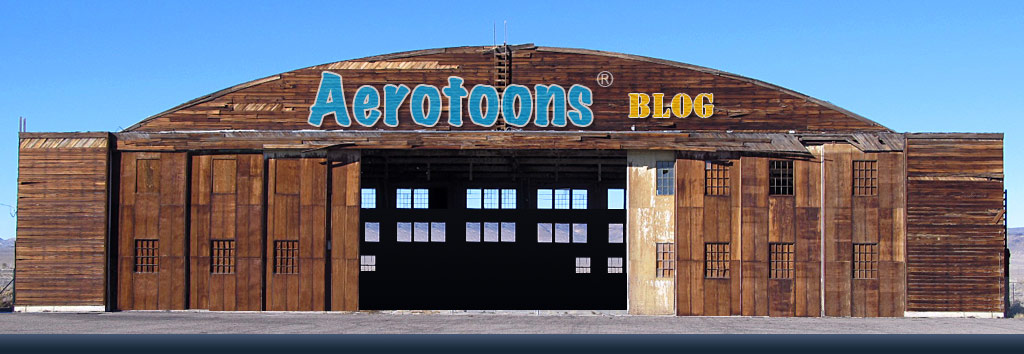 You seldom hear much about the Alaskan territory in the scope of World War II but in reality it was considered to be very strategic by both the Americans and Japanese during that time. The famous U.S. General Billy Mitchell stated to the U.S. Congress in 1935, "I believe that in the future, whoever holds Alaska will hold the world. I think it is the most important strategic place in the world." |
 On June 3, 1942 a small Japanese force occupied the islands of Attu and Kiska.
Admiral Isoroku Yamamoto assigned Vice-Admiral Boshiro Hosogaya to the task of taking the Aleutians and provided him a force of two small aircraft carriers, five cruisers, twelve destroyers, six submarines, four troop transports, and supporting auxiliary ships. |
 Here is where the story of the captured Japanese Zero begins... |
 The Akutan Zero (piloted by 19 year old flight petty officer first class Tadayoshi Koga), also known as Koga's Zero, and the Aleutian Zero, was a type 0 model 21 Mitsubishi A6M Japanese Zero fighter plane (serial number 4593) that crash-landed on Akutan Island, Alaskan Territory, during World War II. |
 At Akutan the three Zeros circled a grassy flat area about a half mile inland from Broad Bight and decided that Koga should land on what was believed to be solid ground. (In reality it was muddy and swampy ground and the decision to land with landing gear extended proved to be a fatal mistake.) |
 The wreckage laid undiscovered for over a month but on July 10, 1942 it was spotted by Lieutenant William "Bill" Thies (a Catalina PBY pilot) and efforts began to salvage the airplane. |
 On September 20, 1942 (2 months after the Zero's capture), Lieutenant Commander Eddie R. Sanders took the Akutan Zero up for its first test flight. He would make 24 test flights between September 20 and October 15. |
| Specifications Type 0 Model 21 Mitsubishi A6M Zero |
| • Manufacturer: Mitsubishi |
| • First Flight: Test flown April 1, 1939. Entered service on August 14, 1940 with 10,815 being produced. |
| • Crew: 1 |
| • Wingspan: 39 ft. 4 in. (12.0 m) |
| • Length: 29 ft. 9 in. (9.06 m) |
| • Height: 10 ft. 0 in. (3.05 m) |
| • Maximum Takeoff Weight: 5313 lb. (2,410 kg) |
| • Empty Weight: 3704 lb. (1,680 kg) |
| • Powerplant: 1 × Nakajima Sakae 12, 14 cylinder double rowed radial engine, 950 hp. (709 kW) |
| • Fuel capacity: 137 gal. (520 L) internal + 85 gal. (320 L) ventral drop tank |
| Performance |
| • Never Exceed speed: 410 mph 356 kt (660 km/h) |
| • Maximum speed: 331 mph, 287 kt (533 km/h) at 14,930 ft. (4,550 m) |
| • Cruise speed: 207 mph, 180 kt |
| • Rate of Climb: 3,100 ft/min (15.7 m/s) |
| • Service Ceiling: 33,000 ft. (10,000 m) |
| • Range: 1929 mi, 1675 nm (3,105 km) |
| Armament |
| • Guns: 2× 7.7 mm (0.303 in) Type 97 aircraft machine guns in the engine cowling, with 500 rounds per gun. |
| • Cannons: 2× 20 mm Type 99-1 cannon in the wings, with 60 rounds per gun. |
| • Bombs: 2× 132 lb (60 kg) bombs or 1× fixed 551 lb. (250 kg) bomb for kamikaze attacks. |
Here is a book about Koga's Zero: Koga's Zero: The Fighter That Changed World War II : Found in Alaska – by Jim Rearden |
